Jane Birkin’s Fashion Legacy
By Neal Bhattacharya
Jane Birkin, who died this week at 76, was one of those style icons whose legacy is more felt than known. Although she was primarily an actress and singer, she made an impact on the fashion world through her chic blend of English class, French jouissance and a dash of American cool. Birkin was also renowned as an activist outside the film and fashion world. In a rapidly changing France, she was a moral voice, advocating for the rights of immigrants and the environment. Le Monde called her “a passionate artist, a woman of humanity and unique benevolence.”
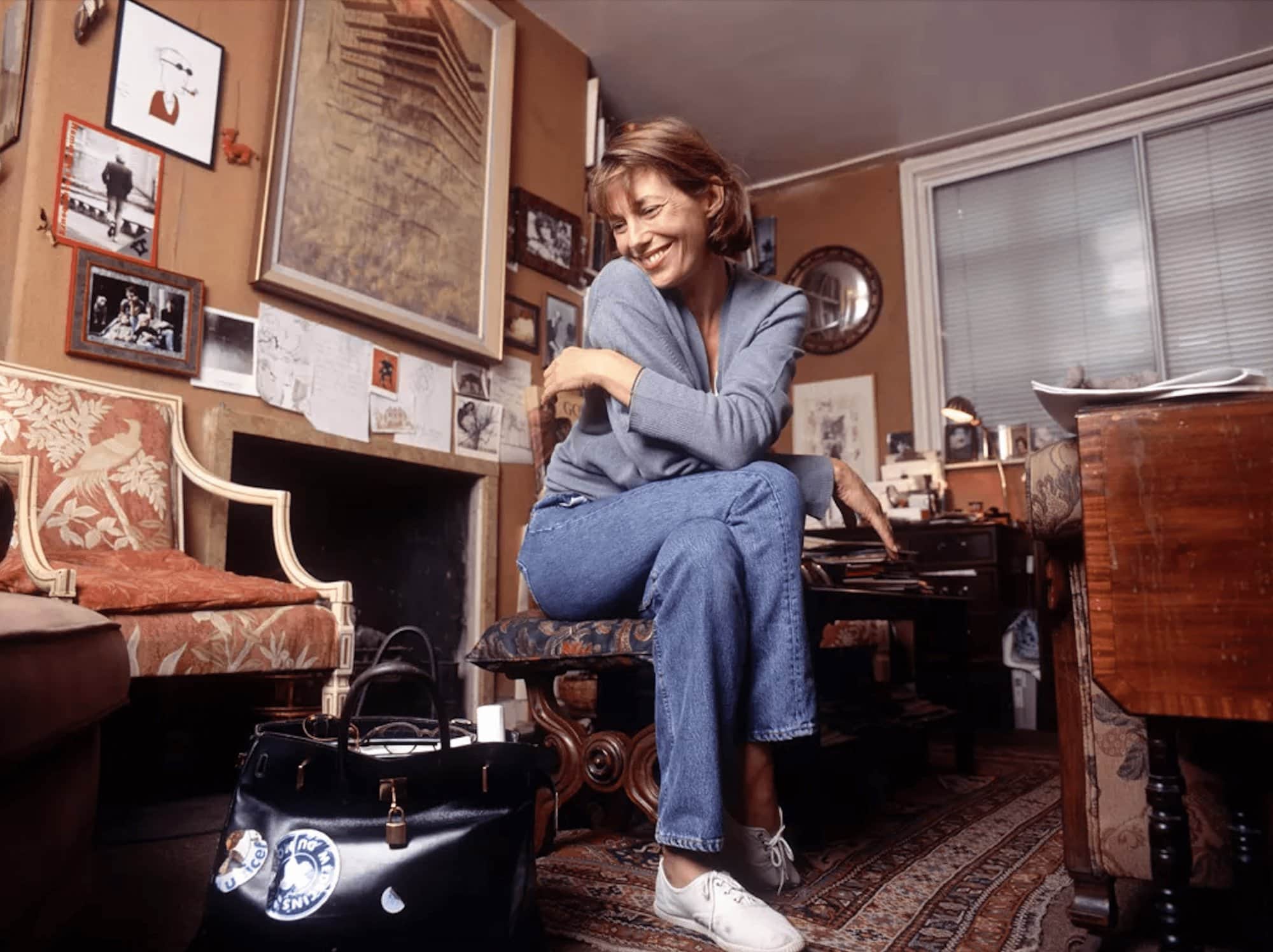
Her career in the European film scene, along with her famous romance with Serge Gainsborough, was a well-spring for the bohemian lassitude she helped popularize. (Even late in her life—when she was seen, for instance, at a Saint Laurent show, wearing Converse sneakers, jeans, and a loose hanging tie—she wore youthful nonchalance confidently.)
Birkin’s legacy ought to be understood. And not merely because she was truly deserving of the sometimes hollow term “icon.” Tracing her influence unlocks key motifs that have shaped the fashion world. Whenever designers want to evoke the countercultural ethos of the 60s and 70s, they perhaps do so by way of Birkin’s fits. The singer can also take some credit for outfits that are nowadays so commonplace as to become unremarkable, like the casual elegance of a flowy white shirt and blue jeans. Moreover, our idea of the classic “French girl” look—say, Breton stripes atop a tiered skirt–is probably derived more from the style of this English-born actress than that of any purely Gallic woman.
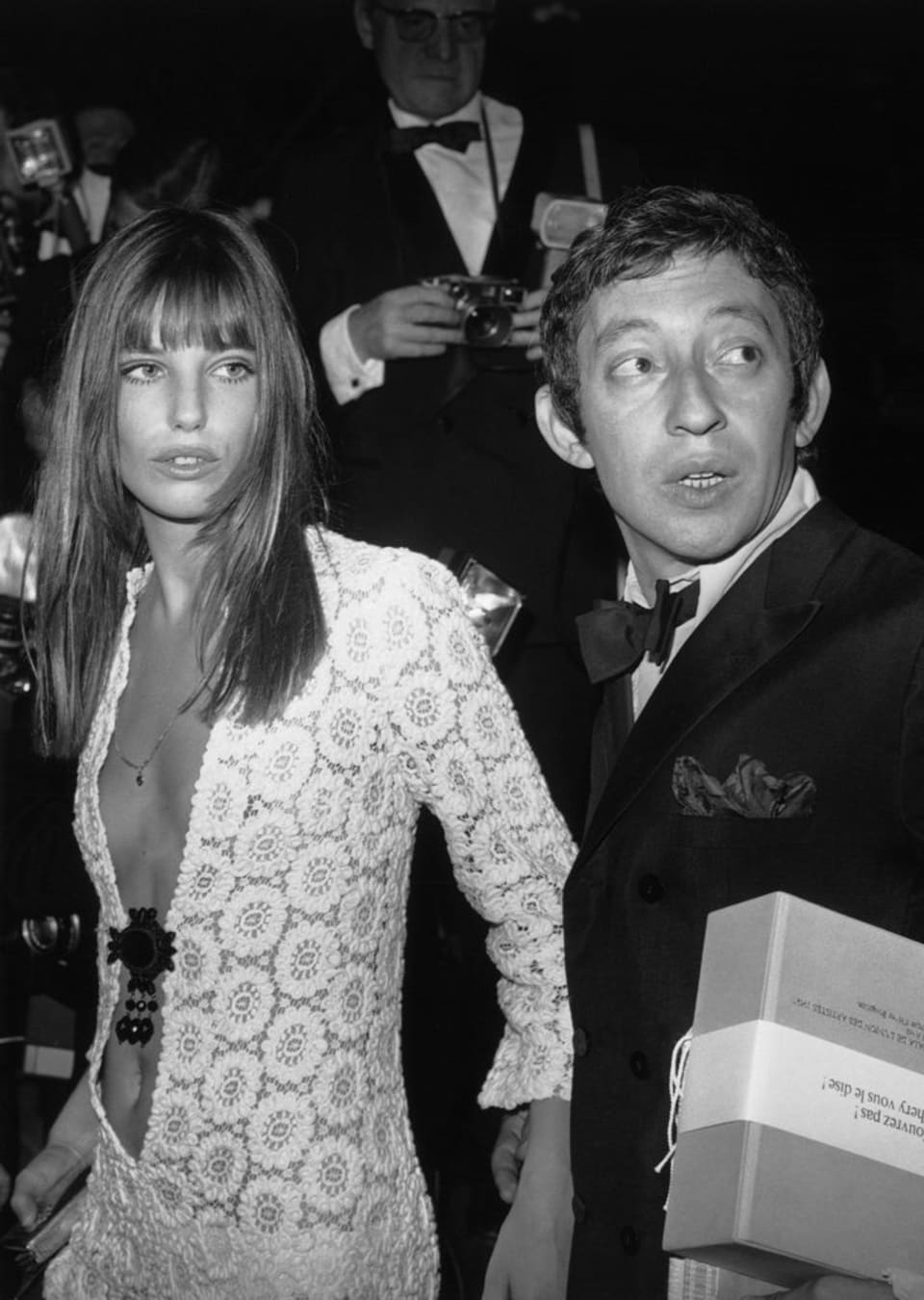
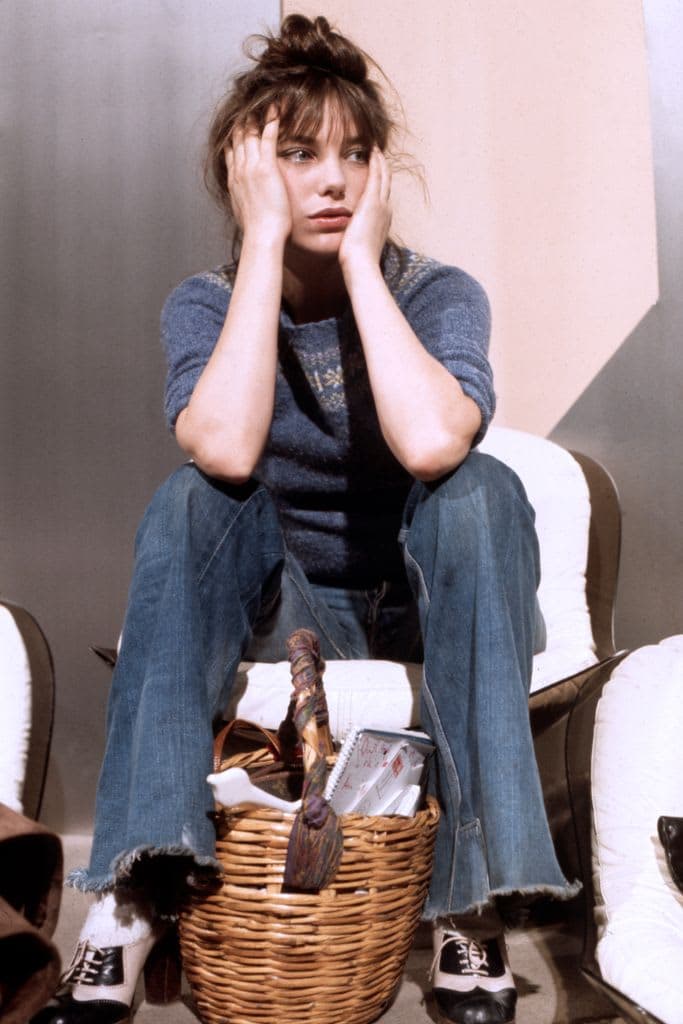
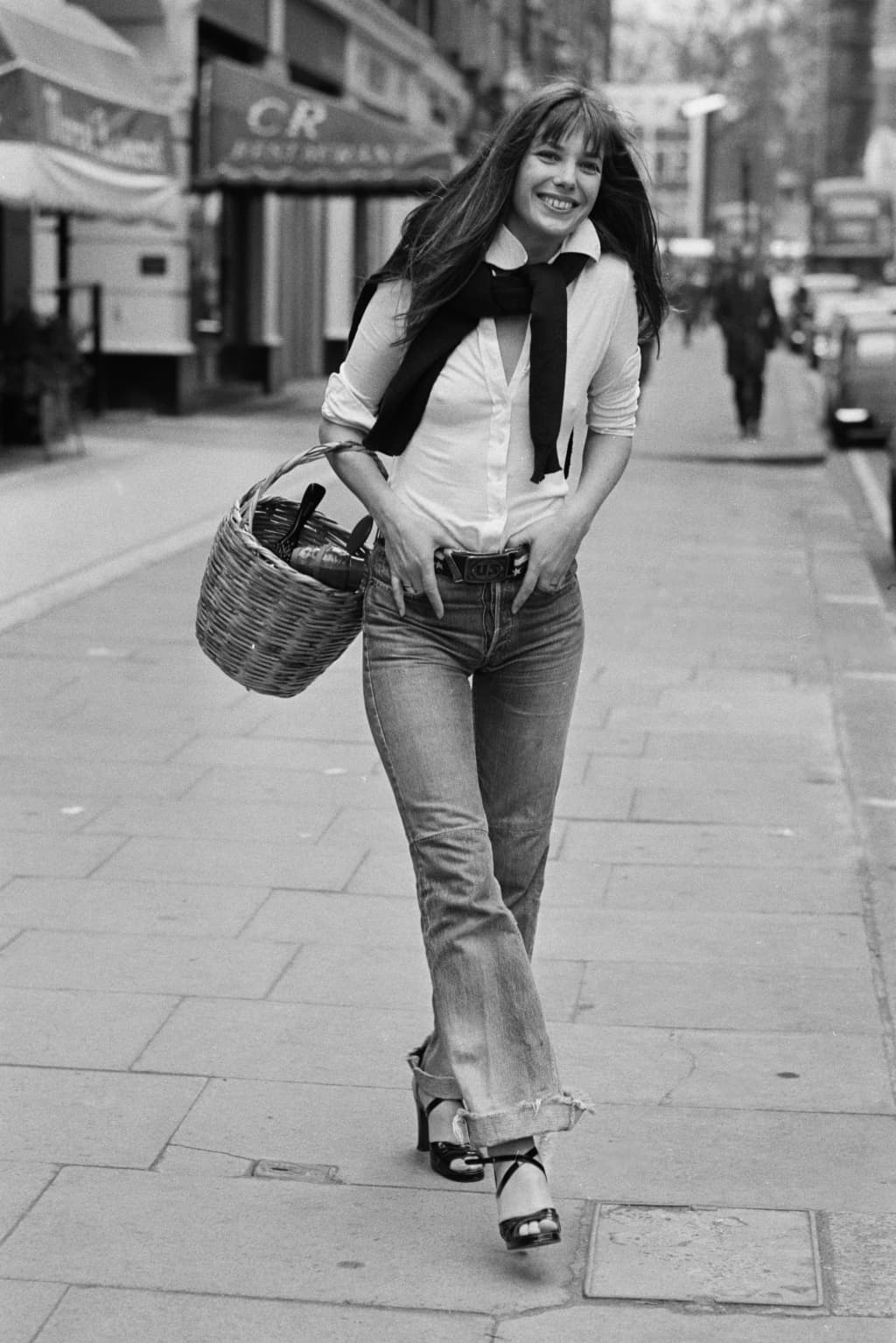
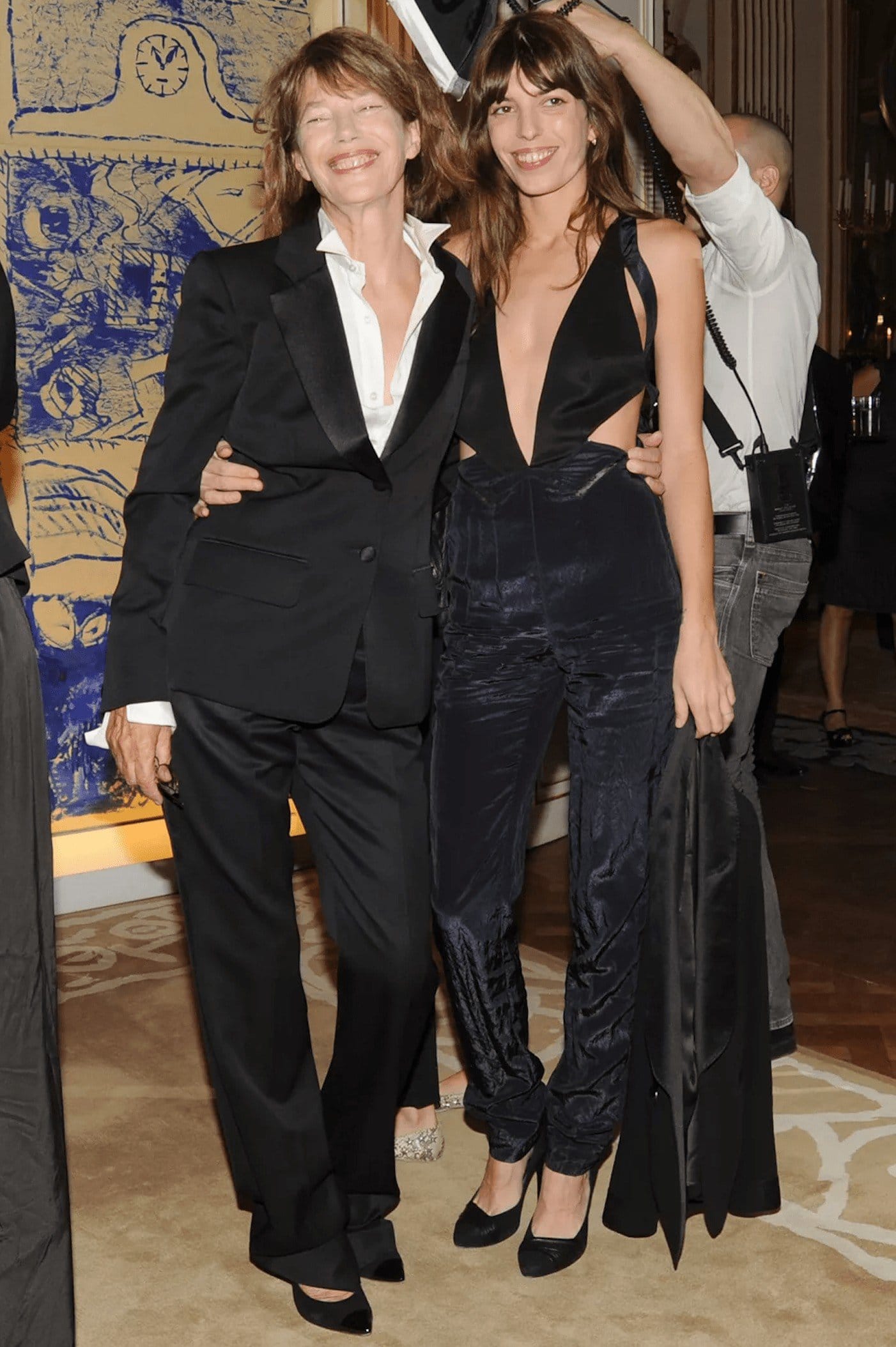
Index
- Not Just a Bag
- A Thriving Bohemian
Not Just A Bag
What Birkin is best known for, nowadays, is the Hermès Birkin bag. As immortalized in Sex and the City: “It’s not a bag. It’s a Birkin.”
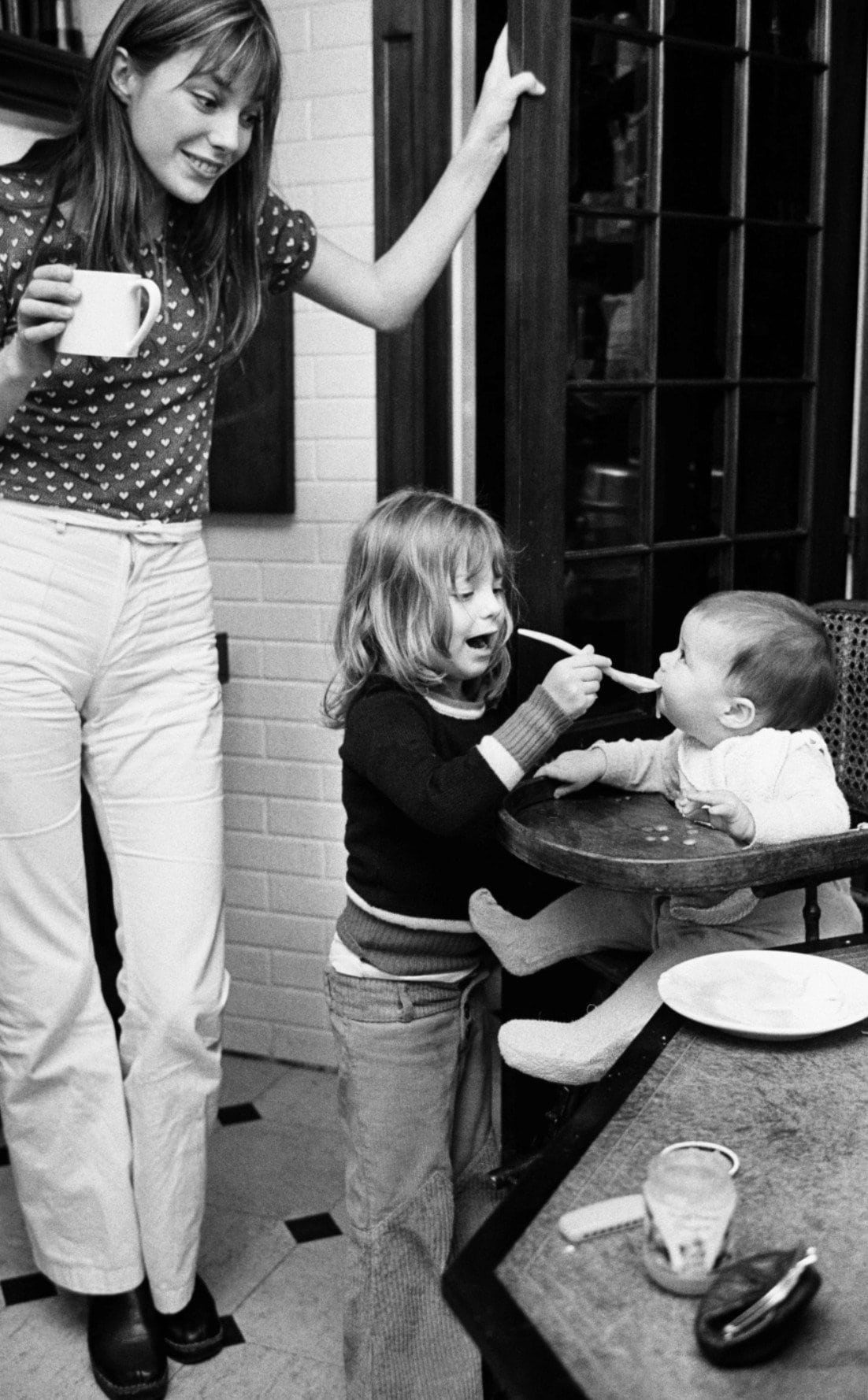
It bears her name because of a felicitous encounter in 1984 between the actress and Hermès’ then chief executive, Jean-Louis Dumas. On a flight from Paris to London, the two were sitting next to one another when Birkin’s carry-on stumbled from the overhead compartment, spilling its contents on the floor. She remarked to Dumas that she found it difficult to find a leather weekender that was not only stylish, but capacious enough to fit the needs of a young mother.
Dumas sketched the outlines of a bag that did balance those needs, arriving at, as the house puts it “a supple and spacious rectangular holdall with a burnished flap and saddle stitching.” Notably, it also had a compartment for baby’s bottles. Next to her small frame, the heft of the bag is palpable.
Nearly four decades later, the bag has acquired legendary status. It can be found in the closets of Kate Moss, the Kardashians, and even Cardi B. Although its origin story suggests practicality, the Birkin bag has become something more like a piece of art. According to Sotheby’s, Victoria Beckham has a collection that’s worth over $2 million.
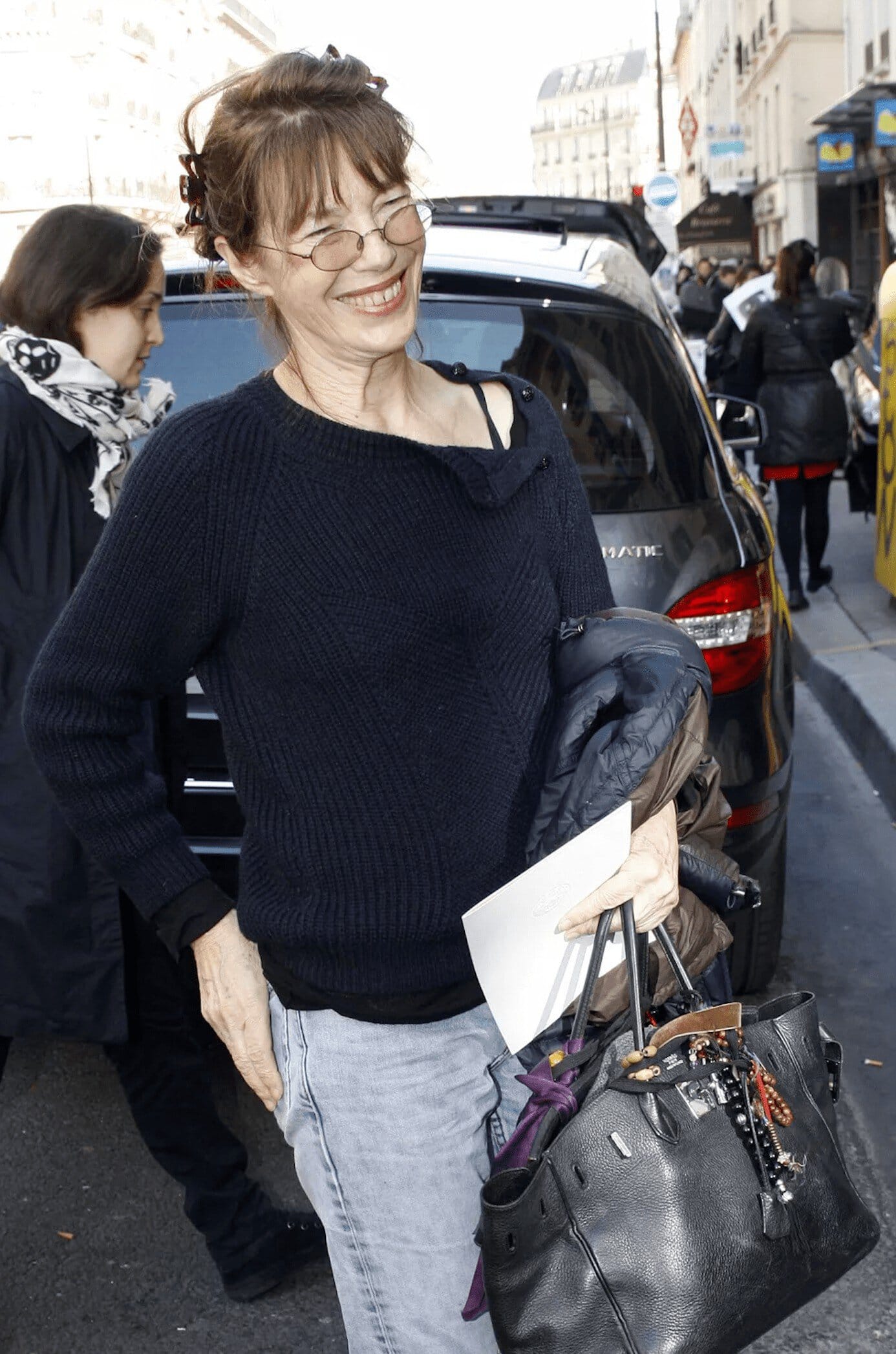
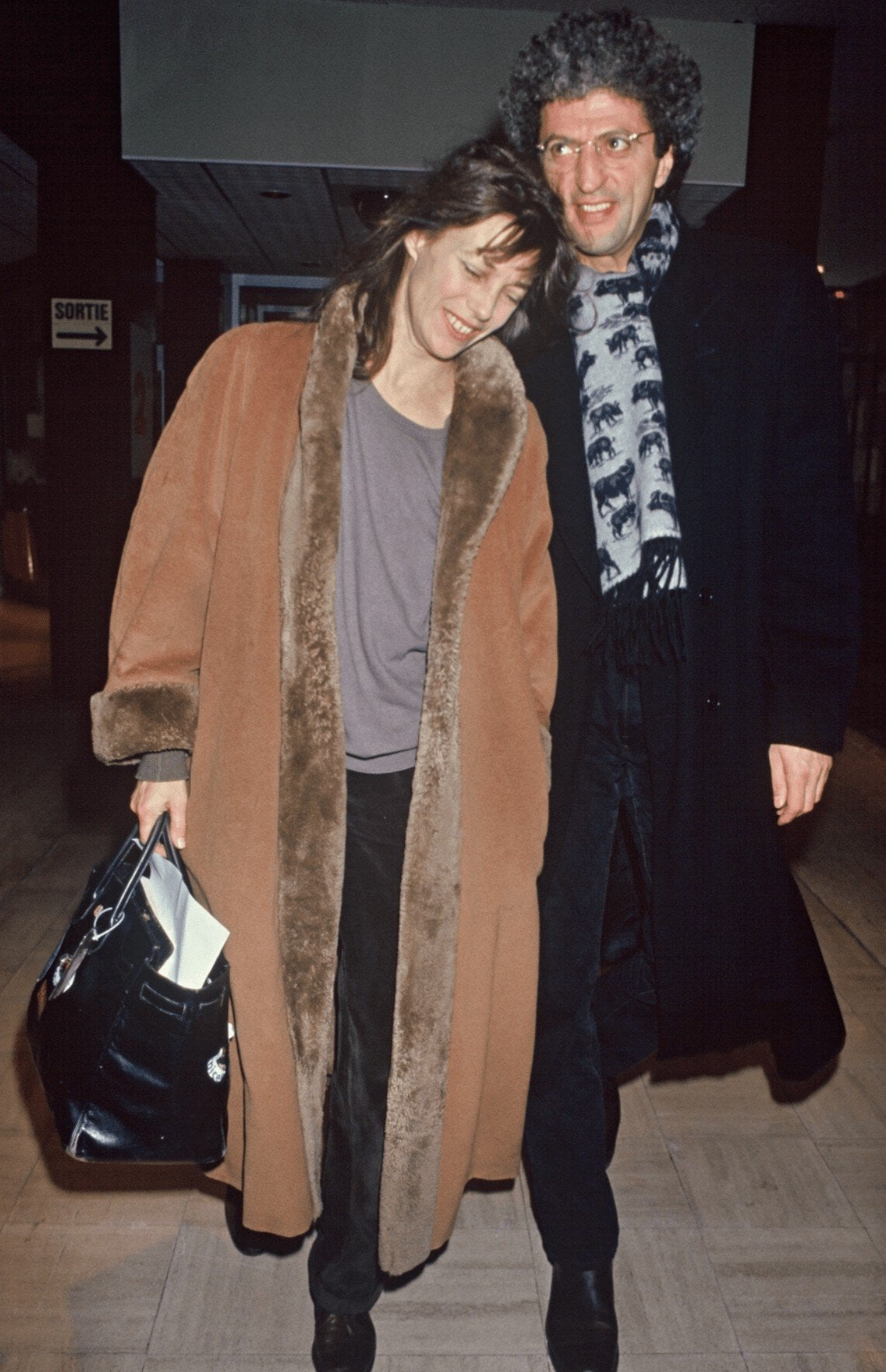
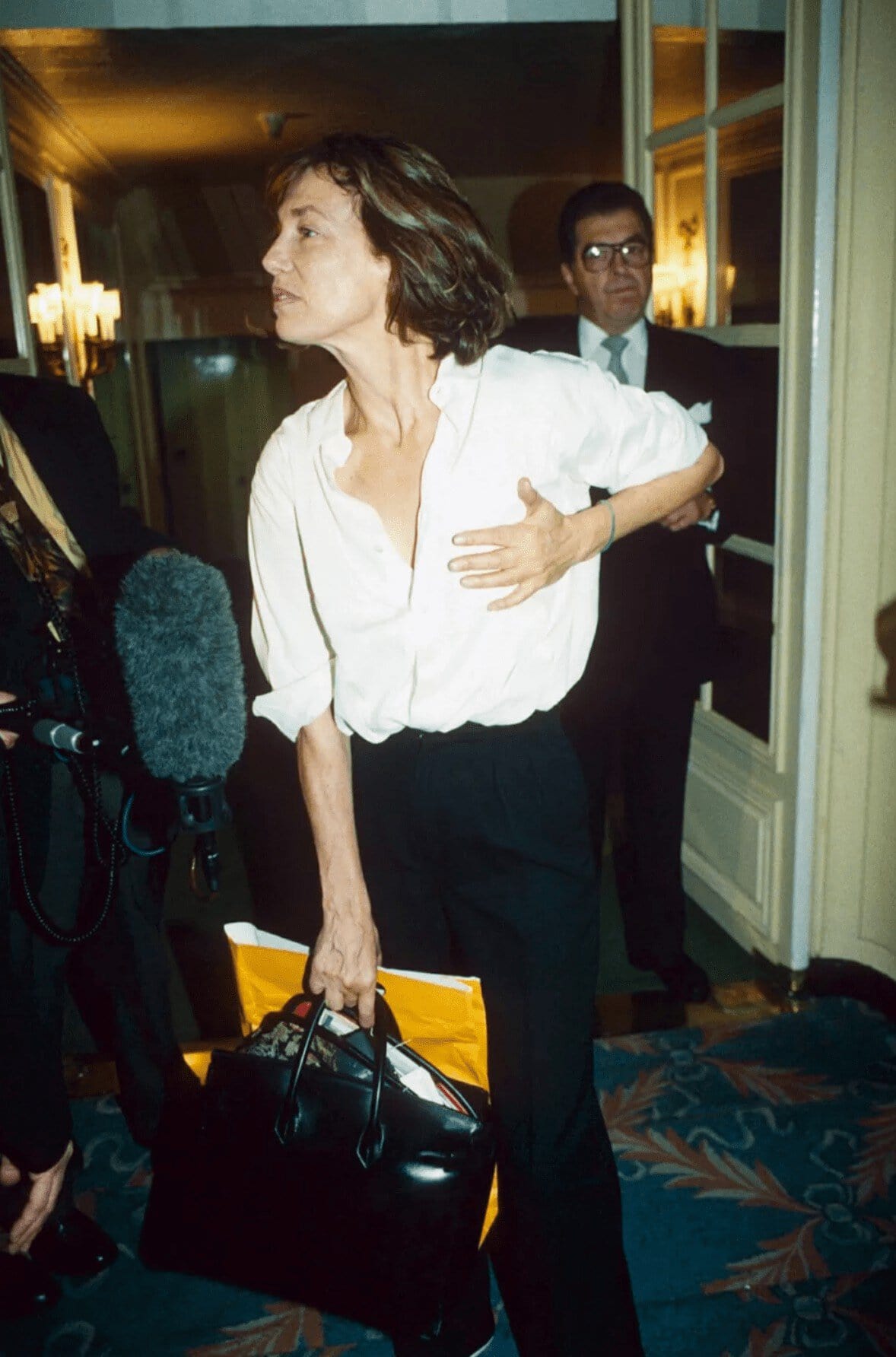
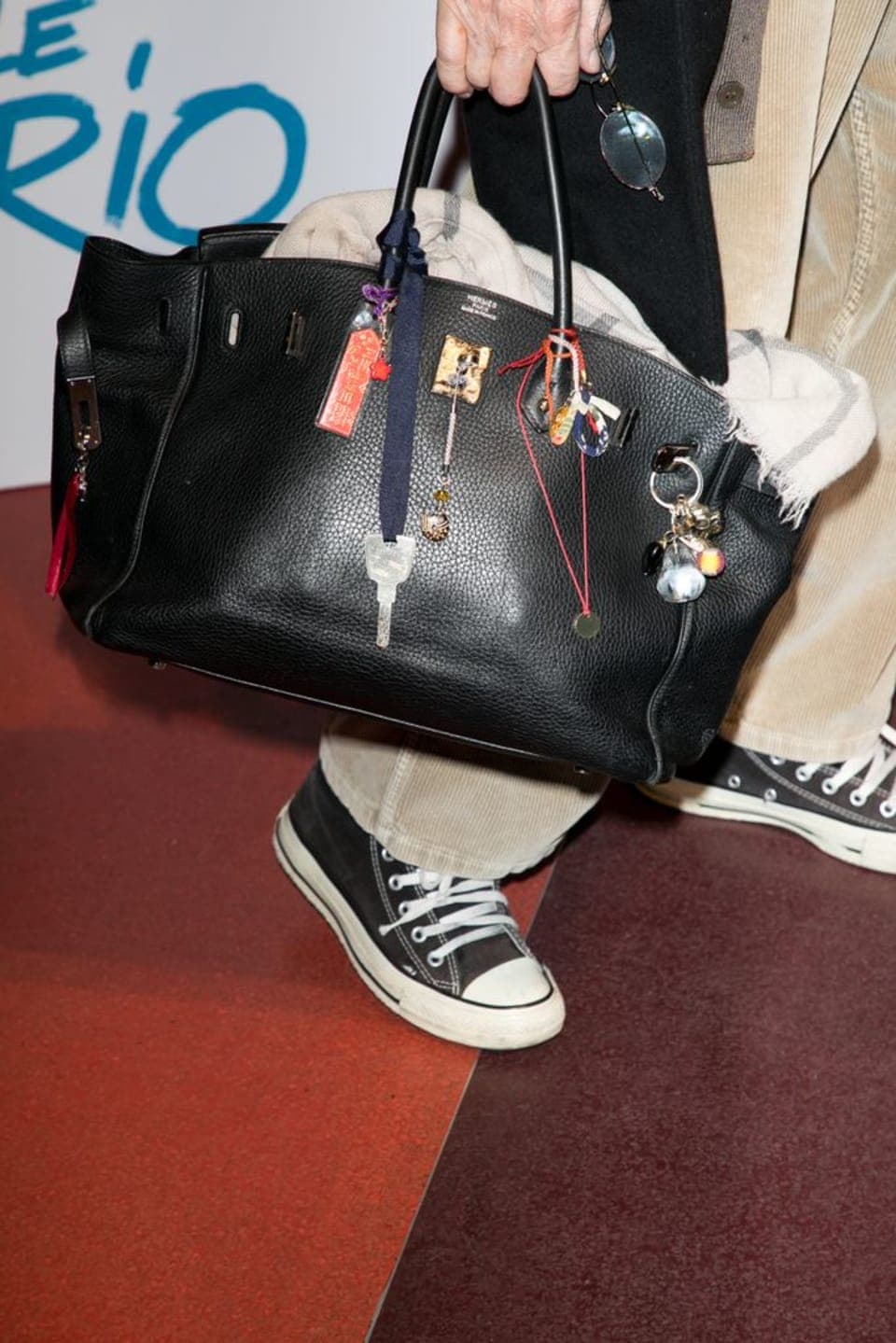
Unlike, say, an Hermès scarf, the bag is not an item that you can go out and get on a whim. It’s not even advertised. You must have a purchase history with the house to even be put on a list of buyers. Editions are released only twice a year, and each are crafted with an exotic range of materials (including crocodile, Clemence and Togo leather).
The story behind the bag’s creation is memorable. And it captures in one tidy anecdote Birkin’s enduring appeal. After all, the flight was in between the two countries, England and France, that comprised her mixed identity and fashion influences. And the casual serendipity of its creation is quintessentially Birkin. That she could so effortlessly conceive, from the bare necessities of her life, what would be a mainstay of the fashion world, is a theme that echoes in her other success.
A Thriving Bohemian
Many of the obituaries that have been released in the past week note Birkin’s incisive influence without taking the time to examine what made her so compelling. Perhaps that’s a sign that she was taken for granted by earlier generations. But later ones ought to know what’s behind her fame.

In the Swinging Sixties—with its Beatlemania and psychedelia—counterculture was mainstream. It was then that Birkin got her start as an actress and singer. Her career bloomed out of this milieu, with its elements of avant-garde and nonchalance. After starring in experimental films, including a minor role in Antonini’s Blow Up, she released a hit song with Serge Gainsborough, who would later become her husband. That song, “Je t’aime… moi non plus,” was controversial for its overt sexuality and helped cement her subversive image.
The carefree style that she popularized in the fashion world was also crystallized here. She embodied bohemia with indolence. But no matter how casual her outfits seemed—indeed, a plain white tee seemed to be her top of choice—she exuded poise and subversion. Her daughter Charlotte Gainsbourg, also an avant-garde film star and singer, continues to channel this energy.

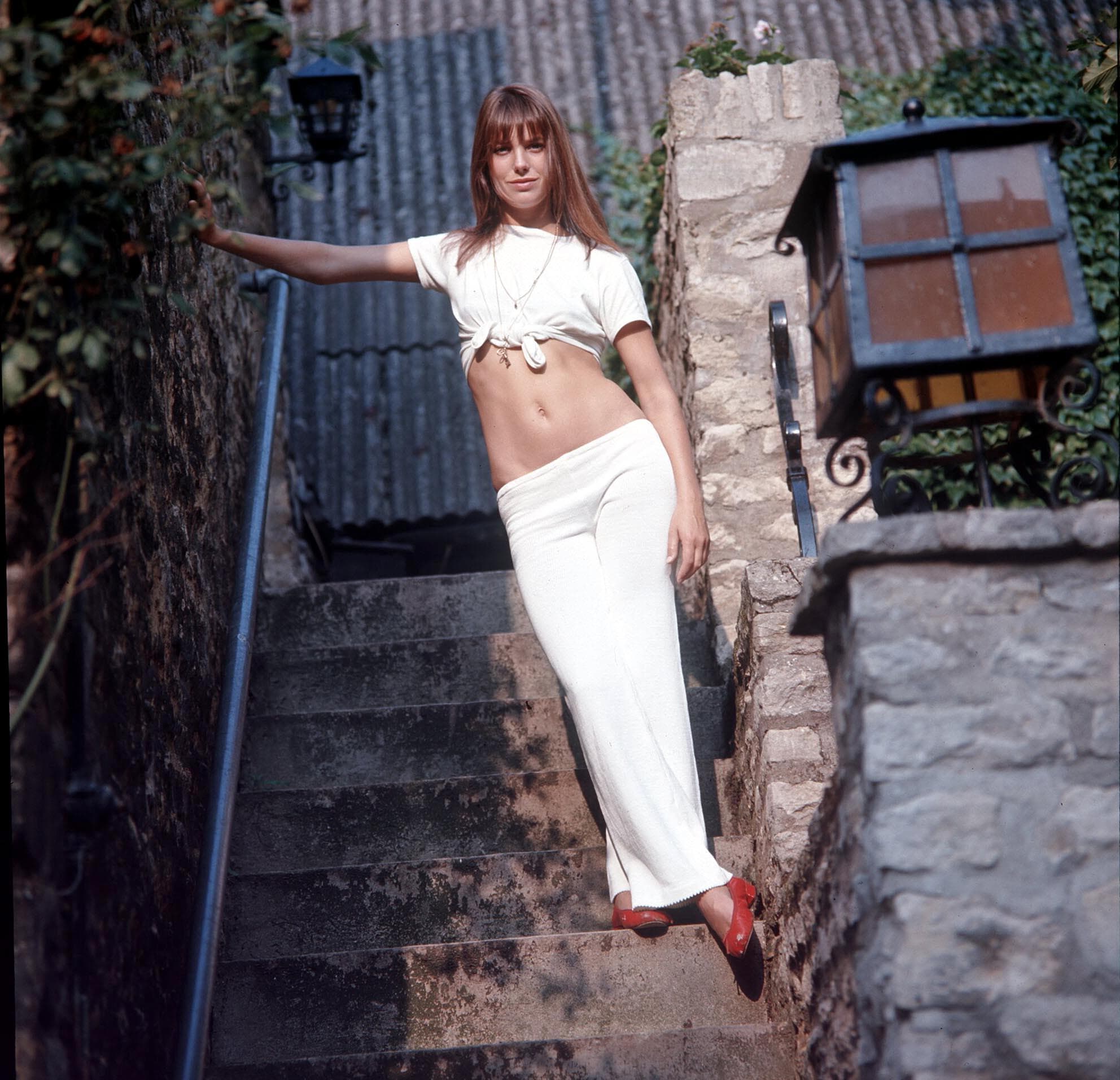
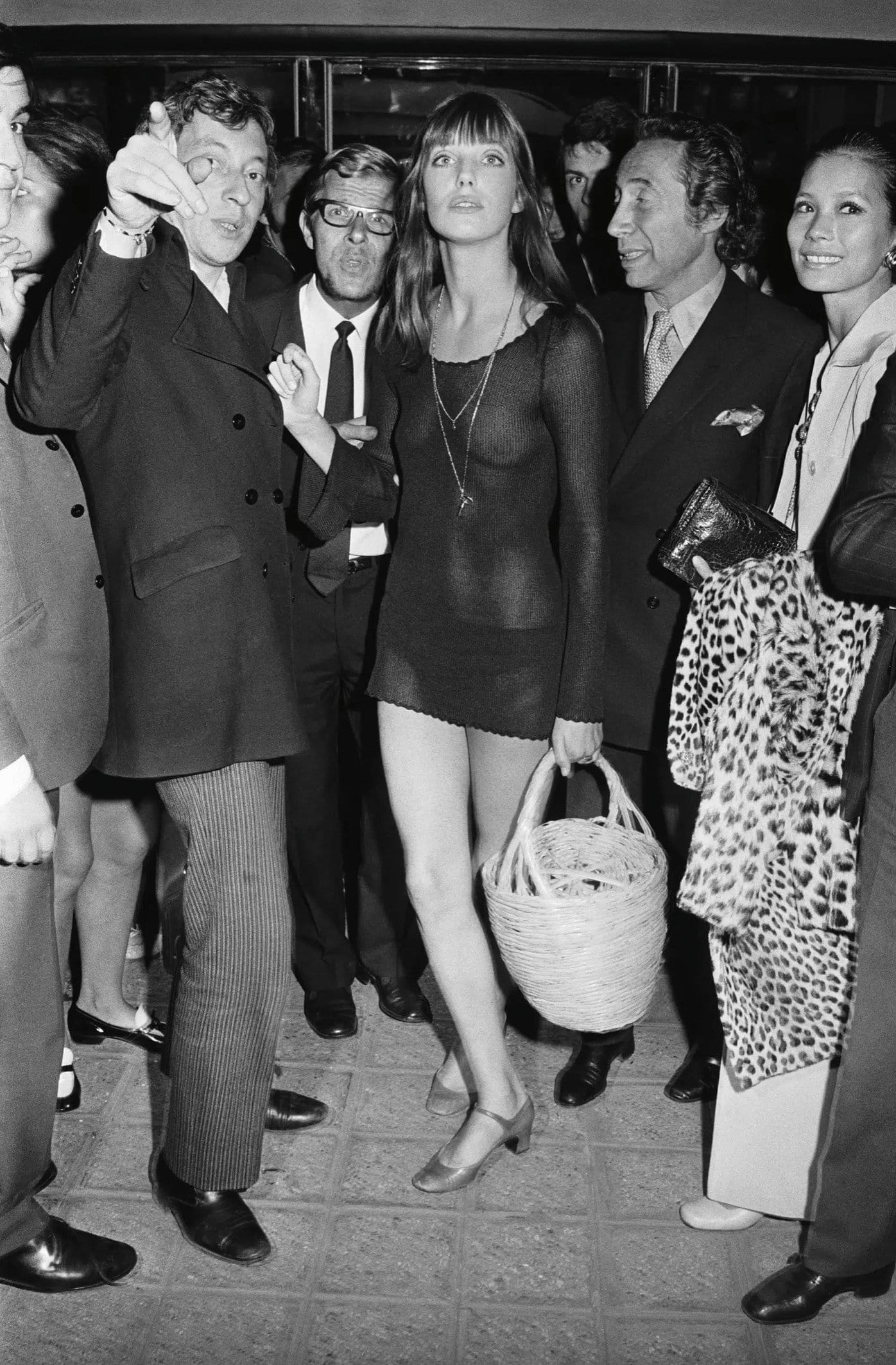
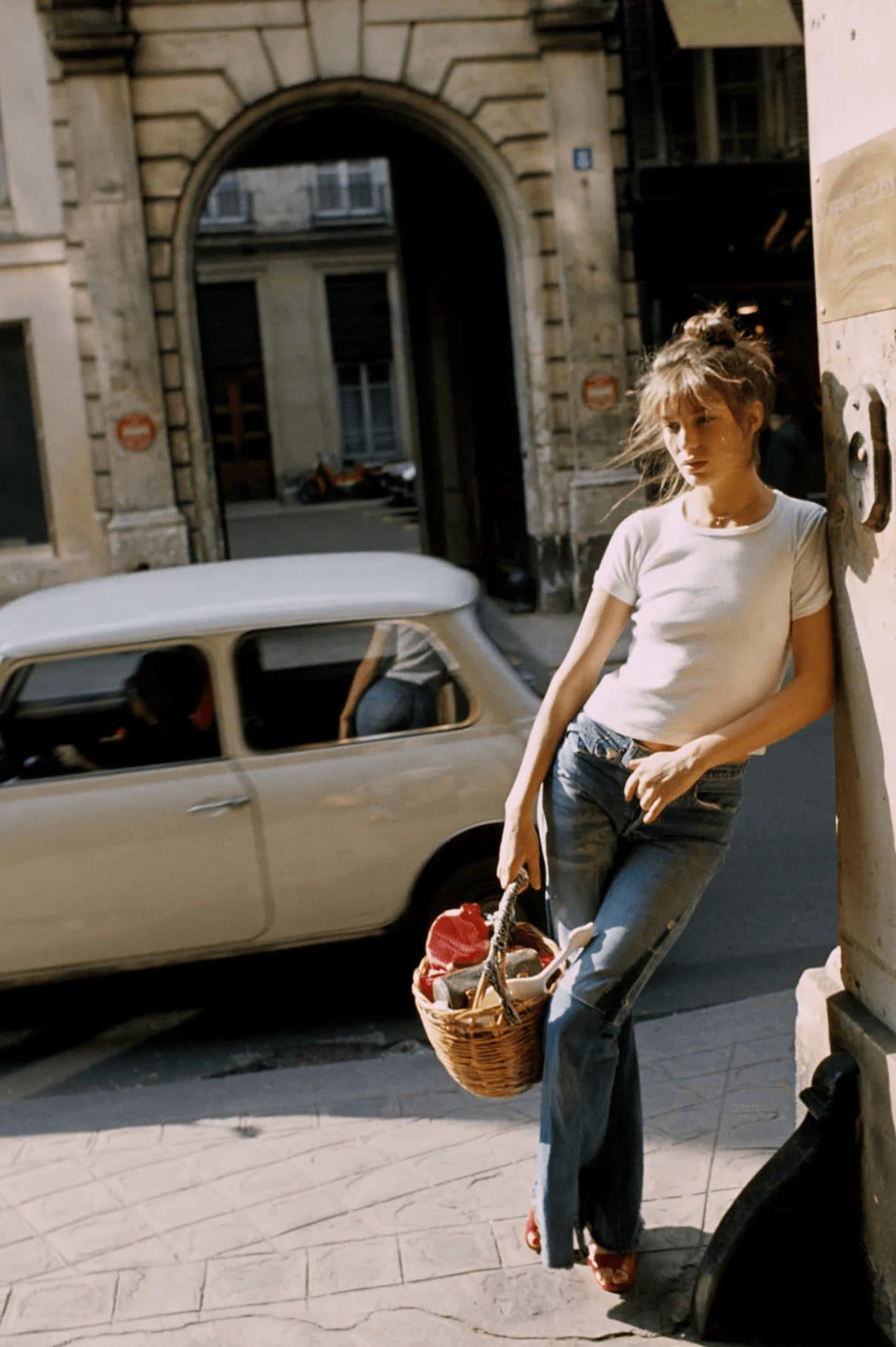
Though she will be missed, the fashion world can carry on her legacy, not just by emulating her looks, but also keeping in mind the causes that she fought for later in her life. She successfully pressured Hermès to use more sustainable sourcing in her namesake bag, and this environmental activism should not be forgotten. And for someone who was held as a pinnacle of Gallic style, she recognized that France was becoming more fluid and cosmopolitan. It’s this new France that she embraced.
